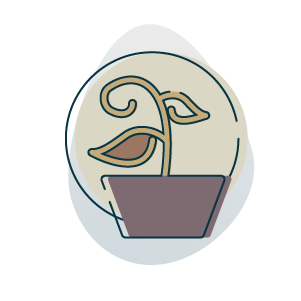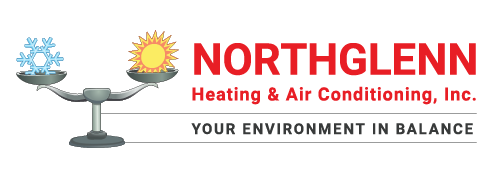Modern homes are well sealed to keep heating and cooling indoors. While this improves energy efficiency, inadequate fresh air, indoor contaminants and nonstop recirculation can lead to problems.
Don’t worry, though, because Northglenn Heating & Air Conditioning can help you have an energy-efficient home that’s also comfortable. Our services include an air quality audit, air duct cleaning and products to help improve indoor air quality in Northglenn, Colorado.
Call us at 303-452-4146 today to start refreshing your home’s indoor air quality.

Signs Your Home Has Poor Indoor Air Quality
Is your indoor air healthy? It may not be as fresh as you think. Pollution is often two to five times more concentrated indoors compared to outdoors, as reported by the U.S. Environmental Protection Agency.
Indoor air pollutants floating with your home’s air will sometimes result in headaches and allergy flareups. And mold and mildew can provoke a variety of health concerns.

Health Problems
While these types of symptoms may be a consequence of other issues, they can also be evidence your home is struggling with indoor air quality (IAQ) problems. This is especially true if you feel better while you’re not home.
- Dry eyes, nose, throat or skin
- Headaches and sinus issues
- Fatigue
- Allergies or asthma symptoms that are worse than normal
- Coughing and sneezing
- Dizziness or nausea
Environmental Problems
An old heating and cooling system may be a contributing factor in indoor air quality problems, particularly if it’s struggling to filter air, balance humidity or keep temperatures consistent.
Here are several other signs you may need to improve your indoor air:
- Excessive static or mold growth
- High quantities of dust
- Stale or musty odors

How Can I Stop Indoor Air Quality Problems?

Preventing indoor air quality problems should be fairly easy with the following 10 simple tips:
- Plan an indoor air quality audit with Northglenn Heating & Air Conditioning. We’ll test areas that affect air quality, including humidity, carbon monoxide and volatile organic compounds (VOCs). Then we’ll review any concerns we find and how you can fix them.
- Clean consistently to control dust mites, which can aggravate allergies and asthma.
- Keep your home free of secondhand smoke.
- Install a whole-home filtration system to eliminate odors, instead of masking them with air fresheners or strong candles. The pollution includes chemicals that can lead to headaches or aggravate respiratory conditions.
- Ventilate gas-burning appliances, like stoves and water heaters, up and out.
- Keep your home’s humidity levels balanced with a humidifier or dehumidifier, based on your needs. Adjust humidity under 50% to restrict mold and mildew spores.
- Test your home for radon. Long-term exposure to this invisible radioactive gas is the number one cause of lung cancer amongst nonsmokers, as reported by the EPA. You can purchase a radon test kit online or reach out to your state radon program for details on discounted or free kits.
- Implement a ventilation system to exchange contaminated indoor air with fresh outdoor air.
- Look for natural cleaning and painting supplies that are low in or free of VOCs. Elevated levels of VOCs can worsen symptoms for family members with respiratory conditions.
- Mount carbon monoxide detectors near bedrooms.
Start Cleaning Your Air Today with Northglenn Heating & Air Conditioning
With a full roster of NATE-Certified professionals and indoor air quality solutions, Northglenn Heating & Air Conditioning can help your family breathe much easier. Call us at 303-452-4146 or contact us online today to begin.
